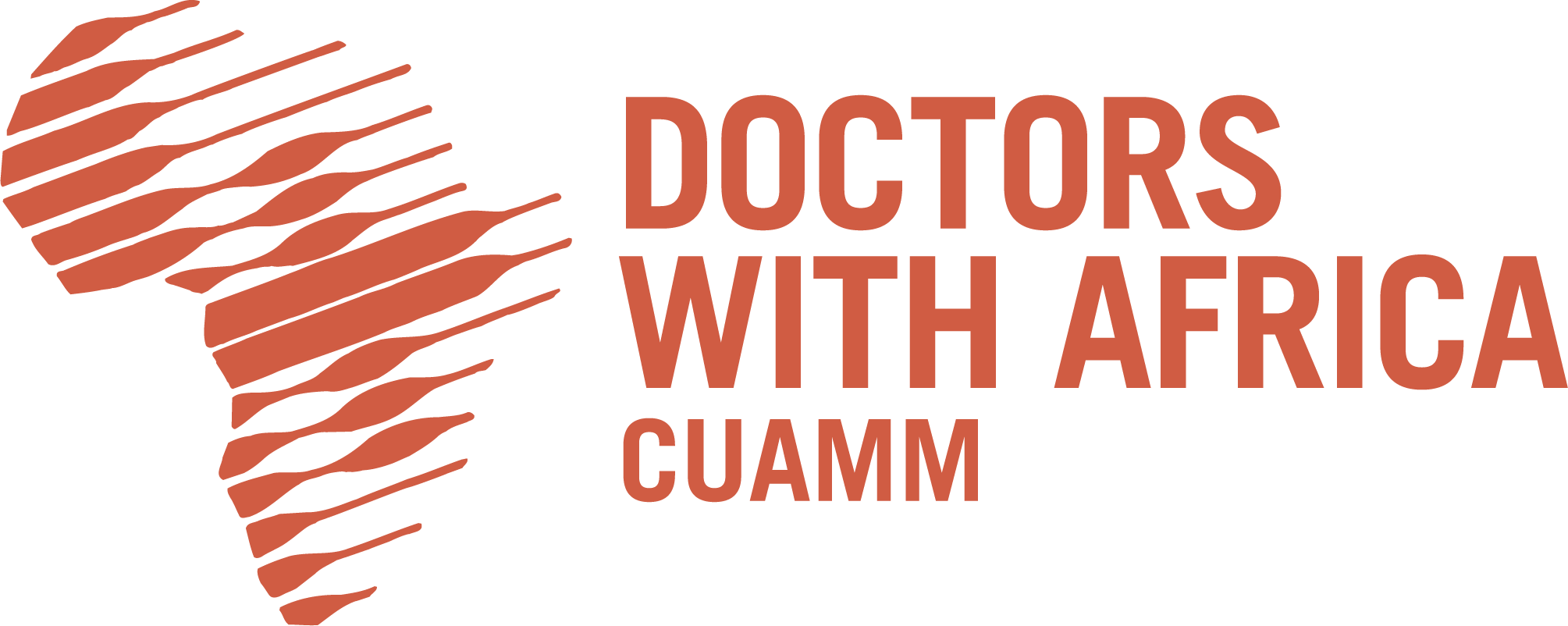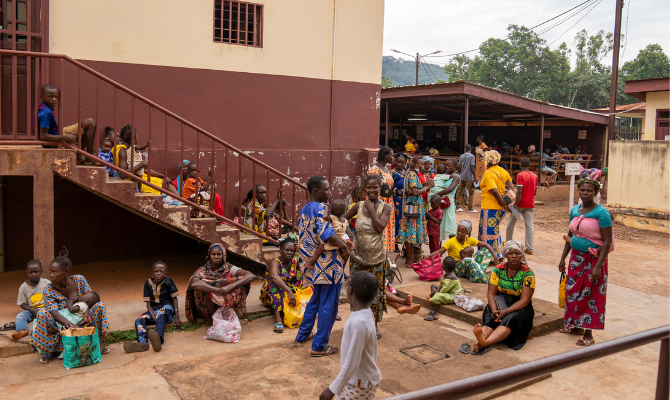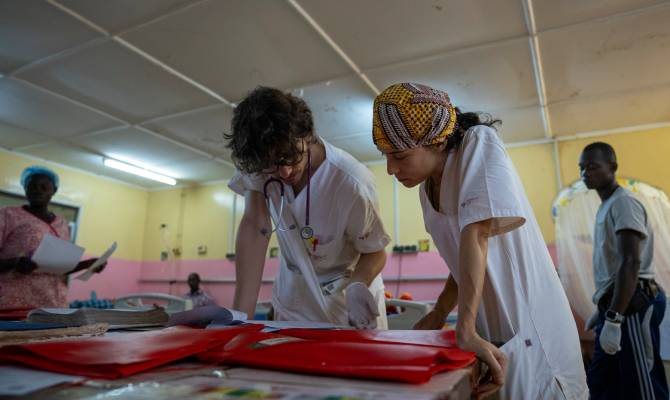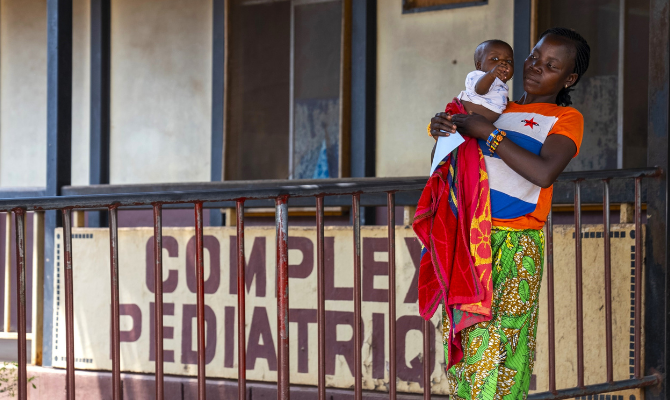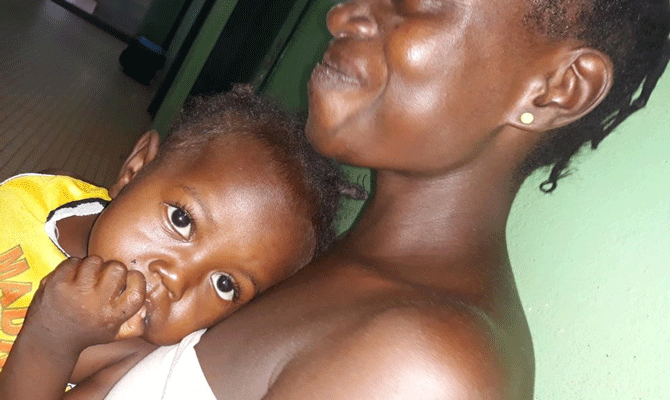Bangui “la coquette”, so reads the sign on the hill that greets you on your arrival in the Central African capital. It is somewhat reminiscent of the Hollywood sign in Los Angeles, but of America this place has very little. A quick glance walking down the street or at the Complexe Pediatrique, the country’s only paediatric hospital, is enough to be catapulted back into reality.
I would like to tell the story of Suzy, 14, a young girl admitted to the “Soins intensifs” department, intensive care, for severe anaemia. Her parents had taken her to the hospital for fever, severe fatigue and the appearance of dark urine. She was very pale and could barely sit up by herself. Her haemoglobin was 3.7 g/dL, which for a girl of that age is incredibly low (normal values for age are at least 12 g/dL). So the colleagues in charge of emergencies immediately gave a transfusion, the first of many during the long three-week hospitalisation.
In the first few days of hospitalisation, we requested numerous in-depth examinations to understand the origin of her fever and the cause of such significant anaemia. Unfortunately, many tests, which are essential to arrive at a diagnosis in such a complex case, could not be done at Complexe. Therefore, the family had to bear the financial burden.
After a few days, we received the result of the blood culture and finally found the cause of the fever, an infection by a rather rare bacterium, which we treated with a specific antibiotic. We were thus managing an autoimmune haemolytic anaemia, which causes the destruction of red blood cells, probably triggered by the ongoing infection. However, despite numerous transfusions and the start of specific cortisone-based therapy, Suzy continued to have very low haemoglobin levels.
Somewhat demoralised by the ineffectiveness of the therapies, we started to look for other available therapies, few in number given the low-resource environment. Eventually we decided to try high-dose corticotherapy boluses and fortunately this time we were successful. After two boluses Suzy gradually started to feel better, to be stronger. After almost a month of hospitalisation, for fear that she would catch hospital infections, we discharged her with a haemoglobin of 5 g/dL, obviously with the indication to continue the cortisone at home. Yes, 5 indeed! In Italy it would be unthinkable to discharge a child with this value, but this is Africa.
Africa means weighing the risks and benefits of each choice every day, and occasionally taking a risk.
We discharged her on Saturday and she returned for follow-up on Wednesday of the following week. She was definitely starting to feel better. Her haemoglobin continued to rise and we were really happy. At the next check-up after two weeks, I almost didn’t recognise her. Suzy arrived in a colourful, elegant dress, she was smiling, beautiful. We doctors, together with the nurses who had looked after her during her admission, hugged her. Needless to say, we were all fond of her!
She had 9.6 g/dL of haemoglobin, and the satisfaction was great. She told me she was fine; she was happy because she had finally gone back to school. Incredible how even school becomes interesting in these cases!
Working “with” Africa for me means this. In this reality there are difficult days, days when everything goes wrong, days when you feel that your contribution is useless, but just one day, like the one when Suzy returned to hospital with a smile, is enough to recharge you with positive energy. And the rest of the day takes on a different flavour.
The story of Francesca Trevisan, JPO of Paediatrics serving at the Complexe Hospitalier Universitaire Pediatrique de Bangui (Chupb).
Doctors with Africa CUAMM has been present at Chupb since June 2018, in a dedicated commitment made possible thanks also to the project, which began in October 2022, “Responding to urgent paediatric health needs in the context of the protracted humanitarian crisis in the Central African Republic”, funded by the Italian Agency for Development Cooperation. The intervention aims to improve health coverage for children by promoting quality, equitable and effective free services. In addition, it invests in training and capacity building of staff.
